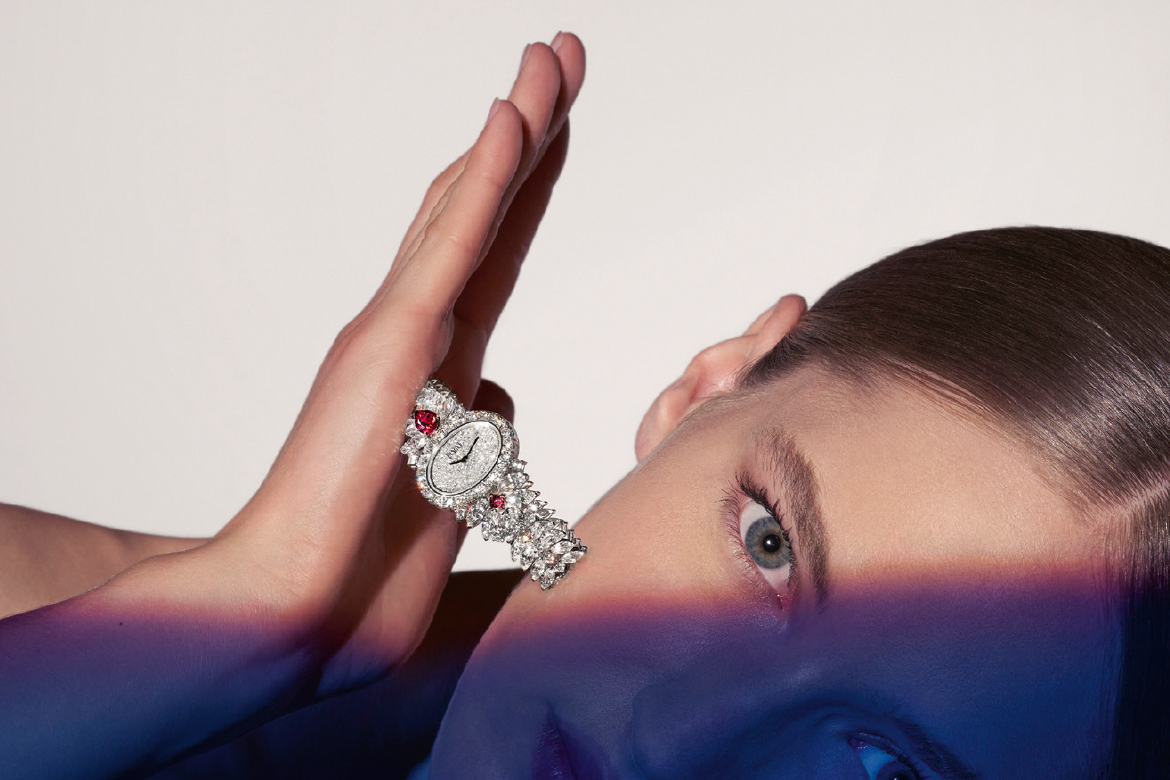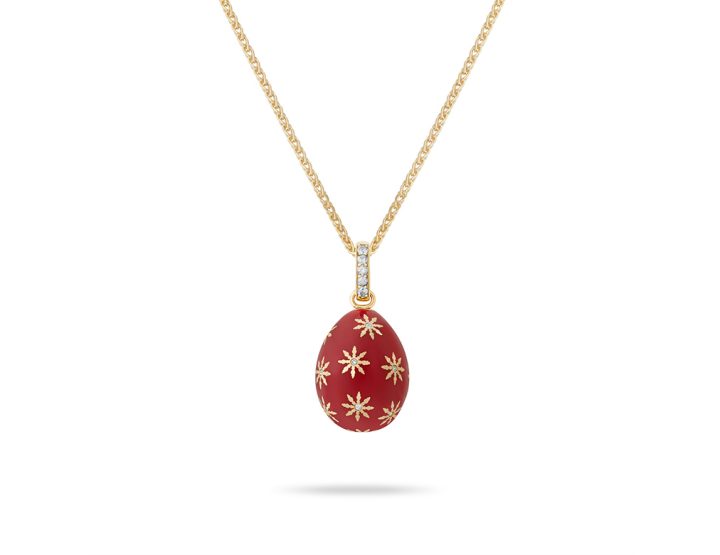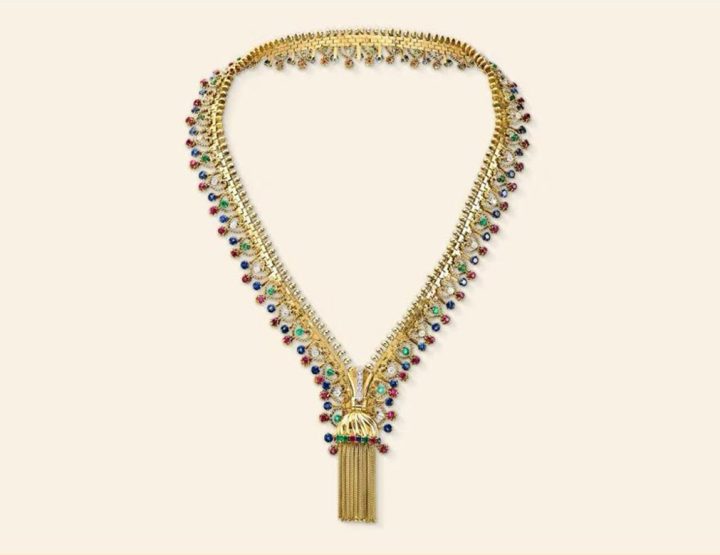In the two fully integrated facilities, La Côte-aux-Fées for watchmaking movements and Plan-les-Ouates (inaugurated in 2021) for the outer parts of watches and the largest haute jewellery atelier, in Geneva, technical expertise serves a unique aesthetic style.
The burning passion for watchmaking art, dedication, talent and “know-how” were the foundations of the Maison right from the beginning and are still the cornerstones of everything within the company today.
Piaget is one of the handful of luxury watch manufacturers to design and produce timepieces entirely in-house, from the initial concept to the final finishing detail thanks to mastery of all aspects of production. This immense creativity underpinned by craftsmanship, allows the creation of wonderful collections of high jewellery and iconic timepieces.
The Maison’s history today part of the Richemont group, is both simple and extraordinary; it all began in 1874, when the young Georges-Edouard Piaget set up his watchmaking workshop on the family farm in the small village of La Côte-aux-Fées, in the Swiss Jura. By the age of 19, Georges-Edouard was already producing high-precision movements for the best-known Swiss watch brands. During the 20th century his son, and later his grandchildren, took the helm and continued his watchmaking journey. 1943 marked a turning point, as this was the year when the Maison registered its own trademark and produced the first watches that will be sold with the Piaget marking.
It was an immediate success, with orders flooding in from all over the world. Gérald and Valentin Piaget, grandchildren of Georges-Edouard and architects behind the company’s expansion, soon found themselves short of space in the atelier created within the family home and, in 1945, they decided to build a new production facility a few hundred metres away: the place that would soon witness a period of unprecedented growth, which entered right into the annals of Swiss watchmaking. In 1957, with the launch of the hand-wound 9P caliber only 2 mm thick, Piaget wrote its future, a future that would see it inseparably linked to the concept of the ultra-thin watch. 1960 saw the arrival of another of the world’s thinnest movements, the only 2.3 mm thick self-winding 12p caliber. Thanks to their impressive thinness and compact volume, these two mechanisms opened up completely new horizons in terms of creativity. From that moment, the Piaget watch collections featured new models, with cases of different shapes and dials enriched by hard or precious stones. In those same years, Piaget’s creative courage once again showcased an innovation in the aesthetics of watchmaking, with the creation and handmade production of gold straps. Even today in Plan-Les-Ouates gold straps are produced by hand, an extremely rare form of traditional crattsmanship, which is handed down from artisan to artisan as it is no longer taught in any school. The work of Piaget goldsmith masters closely resembles that of couturiers in the fashion world. Working with gold threads, they fold and weave the precious metal before proceeding to solder hundreds of meshes to create a strap with flexibility the star quality. The most extraordinary expression of this artisan tradition, so characteristic of the Marson, is represented by the manchette watches with hand-woven gold straps. In its relentless pursuit of perfection, Piaget creates movements enriched by sublime decorations and traditional finishes.
Extremely dencate operations such as engraving, perlage, polishing, chamfering, satin-finishing or mirror polishing of surfaces that require exceptional patience and dexterity – even in these cases, attention to detail is vitally important. Although the Maison’s first vocation was the production of watches, from the 1960s Piaget master craftsmen began to produce exclusive jewellery inspired by daring watchmaking creations and designed to meet the demands of an increasingly demanding clientele. Piaget is now a fullfledged Maison that creates jewellery models produced as unique pieces or in limited edition, which are at the same time avant-garde and respect traditions. Even with its own jewellery creations, Piaget follows the fundamental rule established in 1957 to the letter: the exclusive use of gold or platinum. In 1990 Piaget launched Possession, an iconic collection of jewellery intended to represent the power of love, depicting it as the bond between two elements: two golden rings tied for eternity that move freely around each other as if to evoke perpetual motion. This collection is still available within the Piaget assortment in different colours and size and has now become a must-have for the Maison’s customers. In 2000, Piaget launched the Limelight collections inspired by the glamour of Hollywood’s Golden Age. With generous dimensions, purity of shapes and diamonds, they are reminiscent of the technique of lighting shows and filming from which they take their name. The Limelight Paris-New York collection, for example, is inspired by the amazing architecture and haute couture tradition of these two great metropolises. The Limelight Couture Precious collection is also inspired by the world of fashion, in particular by lace, corset laces and decorative details on many garments. At the top of contemporary fashion and culture, Piaget’s Alta Gioielleria creations become stars on the international stage and are worn by celebrities and famous people.
Now a renowned High Jewellery Maison, Piaget has the means to produce the most extravagant jewellery models imaginable, extraordinarilv luxurious authentic works of art. With explosions of colour, bold design and modern creative masterpieces, in Piaget’s universe the impossible becomes possible.
Last June in Florence in the setting of Villa Salviatino, to celebrate the summer solstice, Piaget presented the “Metaphoria” collection, inspired by the most iconic elements of nature, the energy of the oceans, mountains, forests, to create jewellery and watches with strong chromatic impact, and versatile and sophisticated manufacturing.
In 1969, Yves Piaget presented his 21st Century Collection, already extremely avant-garde for that time and, according to the Maison, it was that collection that laid the foundations for Piaget’s unmistakable style.
Metaphoria 2023 is a reworking of that 21st Century Collection, formed of 41 pieces of jewellery and 11 watches, over two chapters, Azureia and Beautanica.
Names that evoke an equally metaphorical nature.
A collection that does not assume in a classic way the figurative images of nature but which actually emphasises them in detail to reveal to us, exciting us, natural phenomena, hence the name “Metaphoria”.
Stephanie Sivrière, the Mason’s artistic director, says that she was also inspired by the use of alternative materials such as precious wood and a choice of the rarest and most impactful gems to design a contemporary collection yet well rooted in listening to and observing nature, highlighting its most breathtaking moments. Celebration of the “Métiers dArt”, treasures of the Maison’s tradition and expertise, the Metaphoria collection represents the quintessence of Piaget’s style codes, where figurative and imaginary design is combined with an unprecedented savor faire towards a search for perfection and purity.
Among the wonderful creations, a unique piece: Foliatura, a jewellery watch with a magnificent Colombian emerald cushion cut weighing 6.59 carats. The white gold bracelet reveals incredible craftsmanship, fusing stylised chrysoprase leaves and braided diamonds onto a gold background engraved Decor palace. As a custodian of ancient crafts, Piaget repairs and restores any jewellery and watch produced since 1874. The Mason takes this aspect of customer service very seriously, allowing it to preserve and continue the reliability of its timepieces and the beauty of its jewellery collections over time.
Share:









